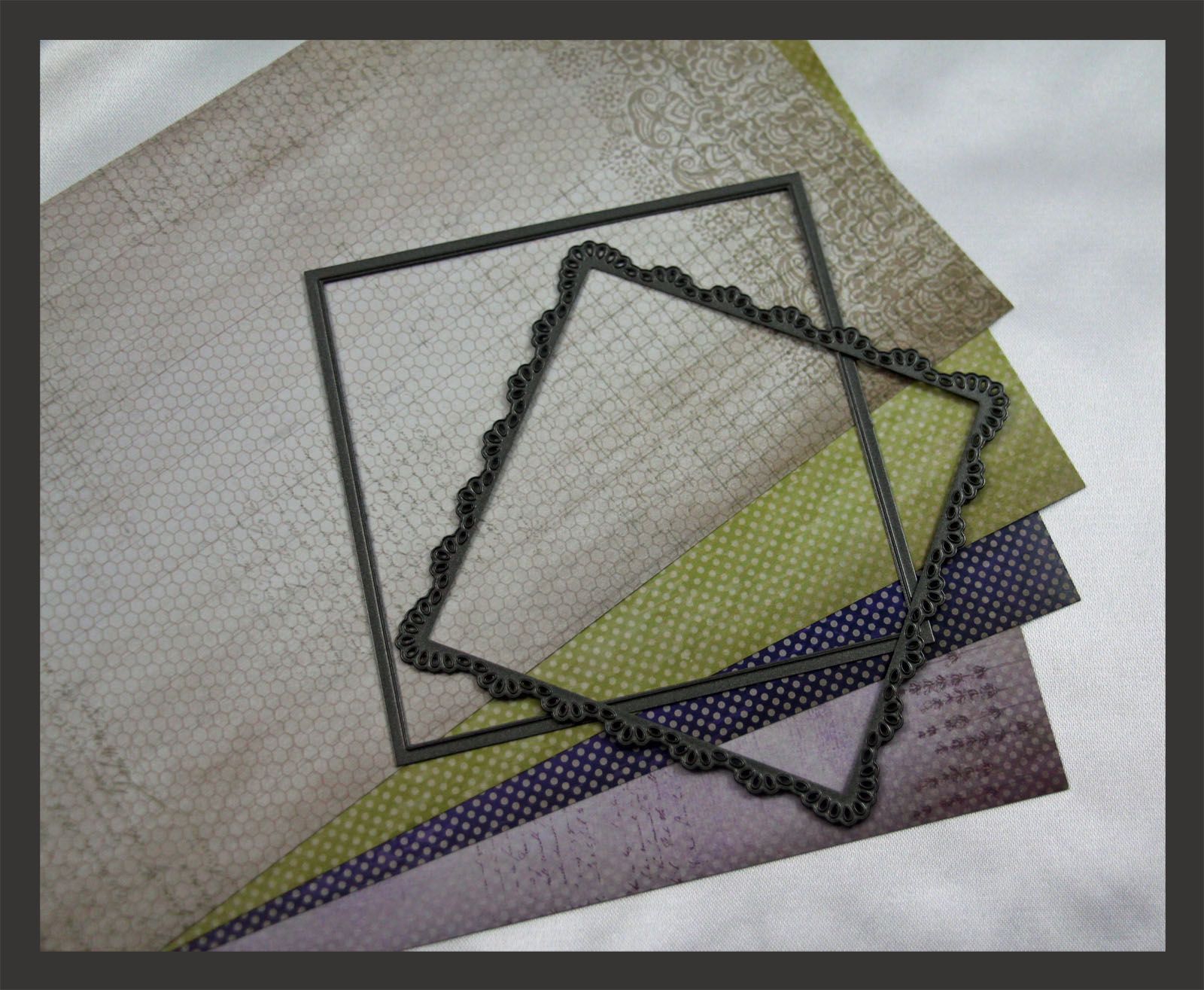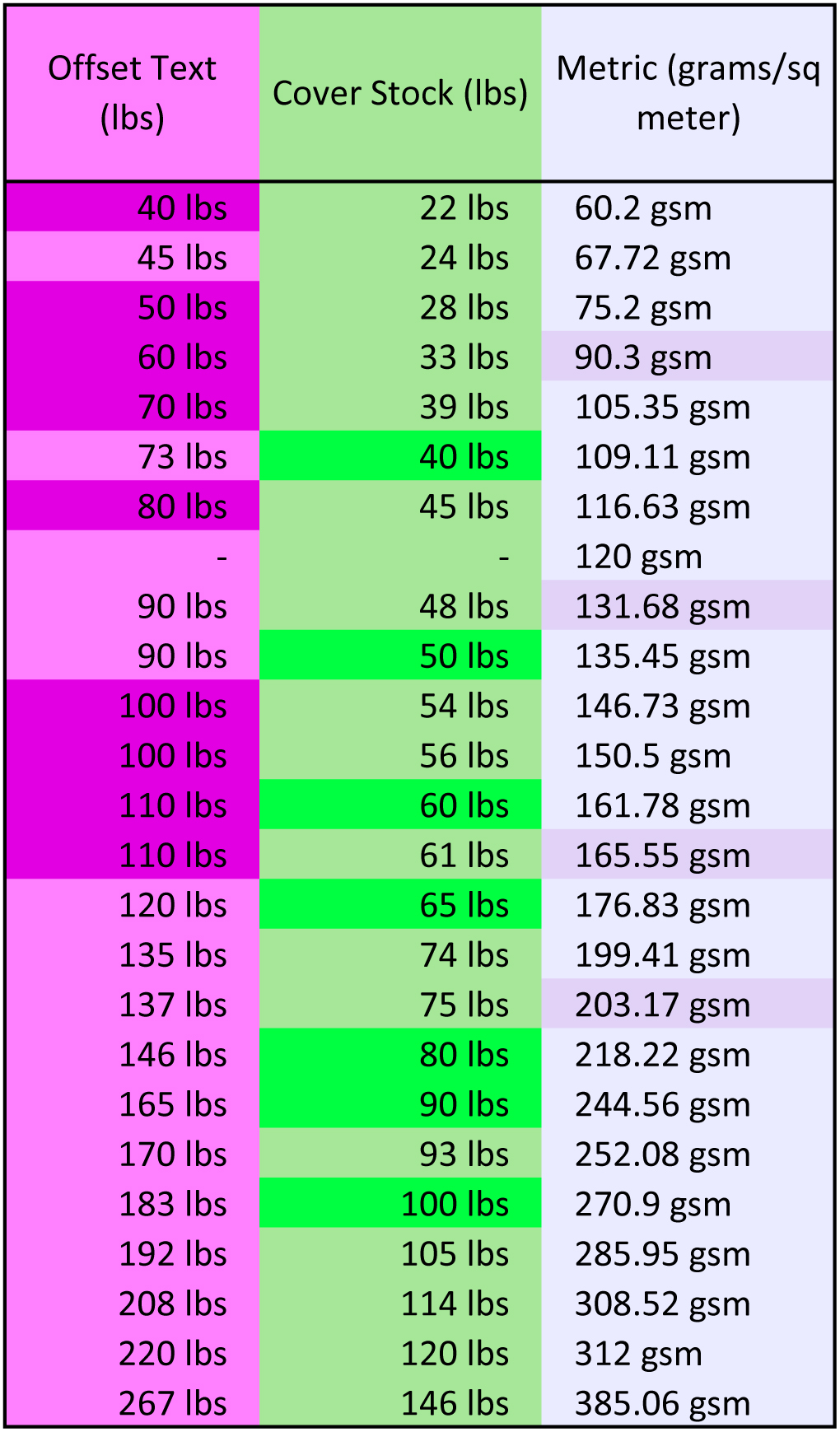How to Choose the Best Paper
With most every aspect of life, the adage “you get what you pay for” holds true in this most essential part of paper crafting. The Paper!

With most every aspect of life, the adage “you get what you pay for” holds true in this most essential part of paper crafting. The Paper!
To anyone starting out, or even if you’ve not been happy with your paper crafting projects, assess the basics. I always say if you think you’re not a good stamper, it might just be your paper. And as far as die cutting goes, a good weight, tight fibre paper will result in fabulous cuts every time. Short story moral of this blog … don’t cheap out on paper, it will only let you down. Now that’s not to say you can’t take advantage of some cheaper papers, you can, just don’t count on them for key parts of your project.
Paper Weights:
Paper is measured in gsm (grams per square meter) or lb (this is the basis weight in pounds per ream—a ream is 500 sheets of paper). Comparing gsm and lb measurements is like comparing apples to oranges—there’s no direct conversion.
The “Basis Weight” is defined as the weight of 500 sheets of paper in its basic unit uncut size, which means before being cut to Letter size or Legal size, the paper is weighed and categorized. The most common sizes, some of which you may recognize, are Bond, Text, Book, Cover, Index and Tag. An uncut sheet of Bond paper is 17 x 22 inches, while an uncut sheet of Cover paper is 20 x 26 inches. If 500 sheets of Bond paper (17 x 22 inches) weigh 20 lbs, then a ream of paper cut to Letter size will be labeled as 20 lb. And if 500 sheets of Cover paper (20 x 26 inches) weigh 65 lbs, then a ream of this paper trimmed to tabloid size would be marked as 65lb. This may be a lot to grasp, but don’t feel overwhelmed! To the right is a chart to help illustrate the difference the, darker highlights are the more common weights.

Papers suitable for backgrounds and stamps are 60 to 90 lb. Heavier paper withstands more vigorous techniques and manipulations and are better suited for detail die cuts and painted backgrounds. Bristol board is a heavier sheet (80 to 140 lb) that comes in a smooth (vellum) or ultra-smooth (plate) finish. Heavy watercolor paper—especially rough, 300-lb paper primed on both sides—is a good surface to withstand heavy water use (watercolour backgrounds, etc.).
Gelatin sizing is often added to watercolor paper, either to the pulp or to the final sheets. Sizing makes the paper stronger and also water-resistant; without sizing, the paper would act like a giant blotter, soaking up everything it came in contact with. (Most papers contain some sizing.) Most card stock is not water “proof” so best to coat with a watercolour primer if using the card stock for any mixed media or painted/coloured backgrounds.
You probably have heard of Yupo paper. Yupo synthetic paper is made from polypropylene, which doesn’t absorb paint as organic fibers do. With synthetic paper, the artist can manipulate paint on the surface to create interesting effects.
The satisfaction you get from your art will be greater knowing you’re working on the right surface. Keep in mind that most card making work on most surfaces, and experimenting can be both creative and instructive. I think you’ll discover that when you’ve found the right surface, diving deep into your artwork is easy.
To view the many types of paper, visit our web site paper category: